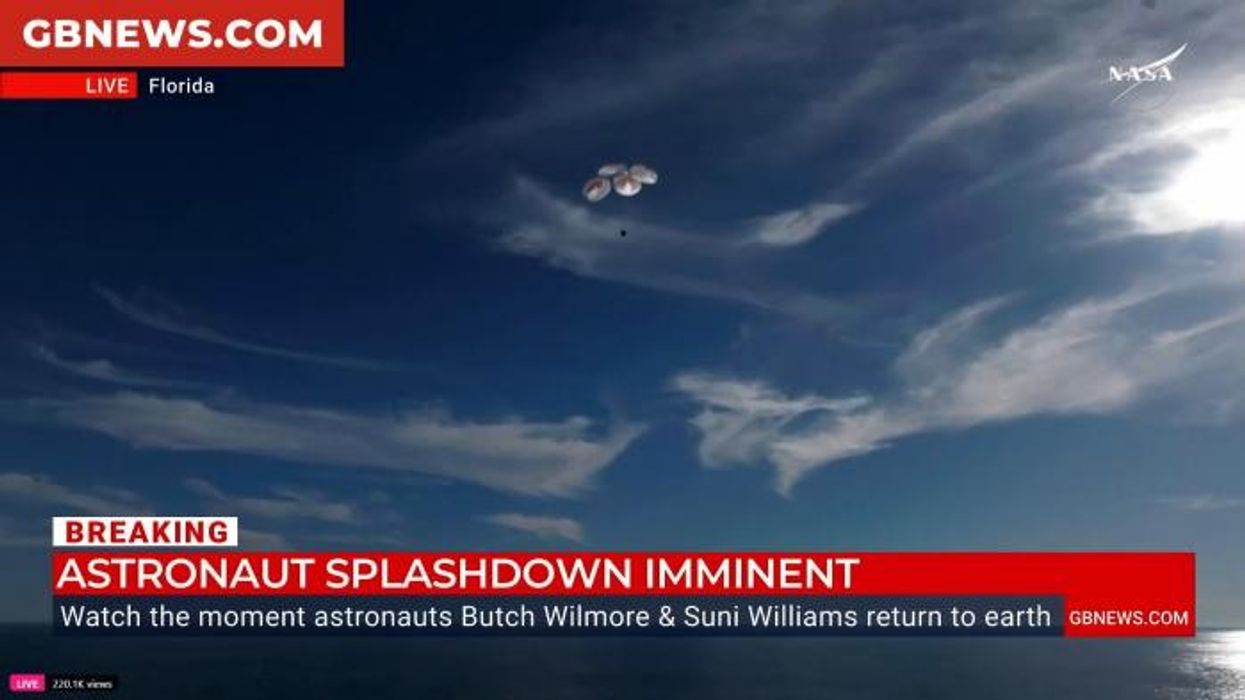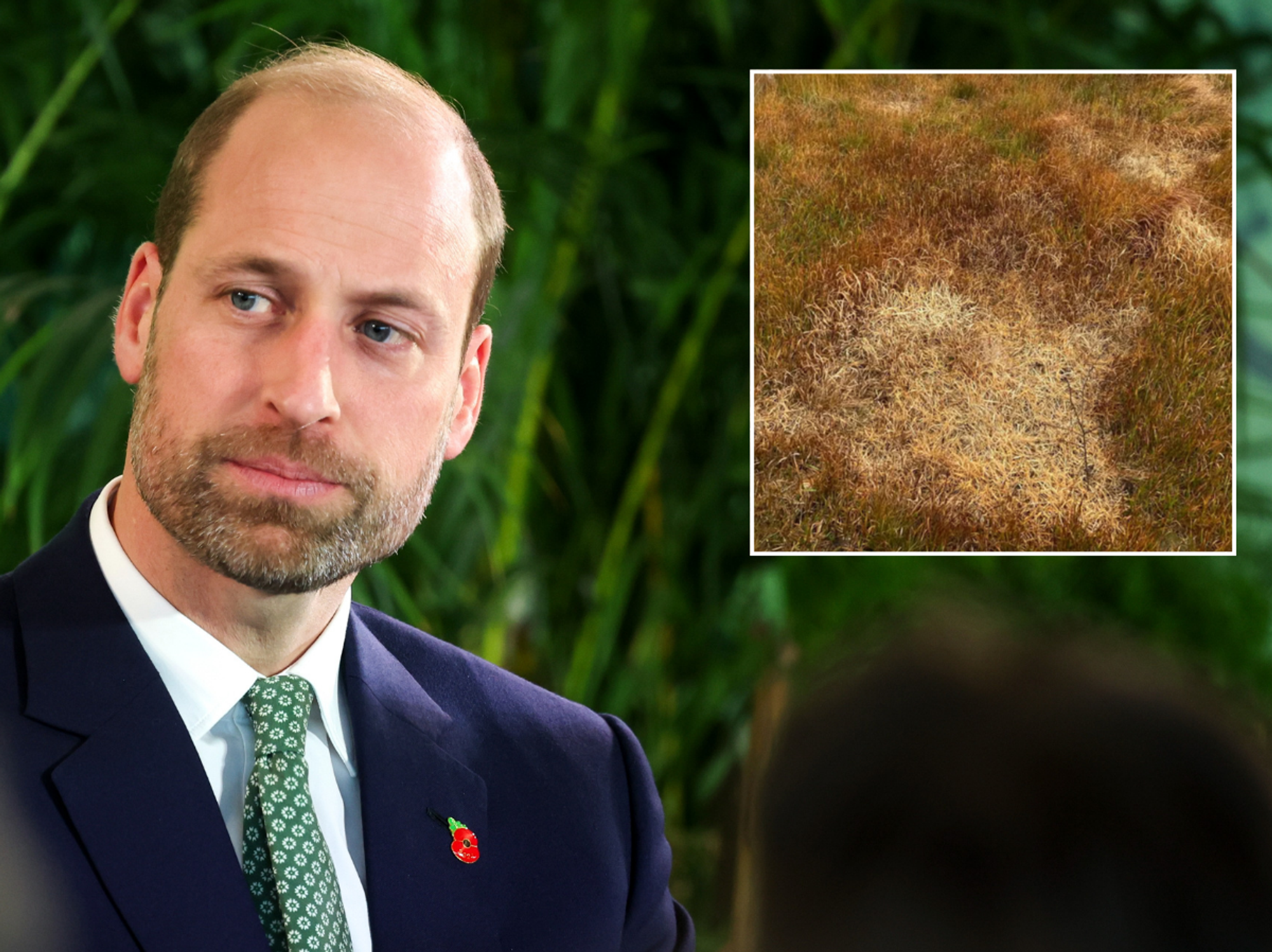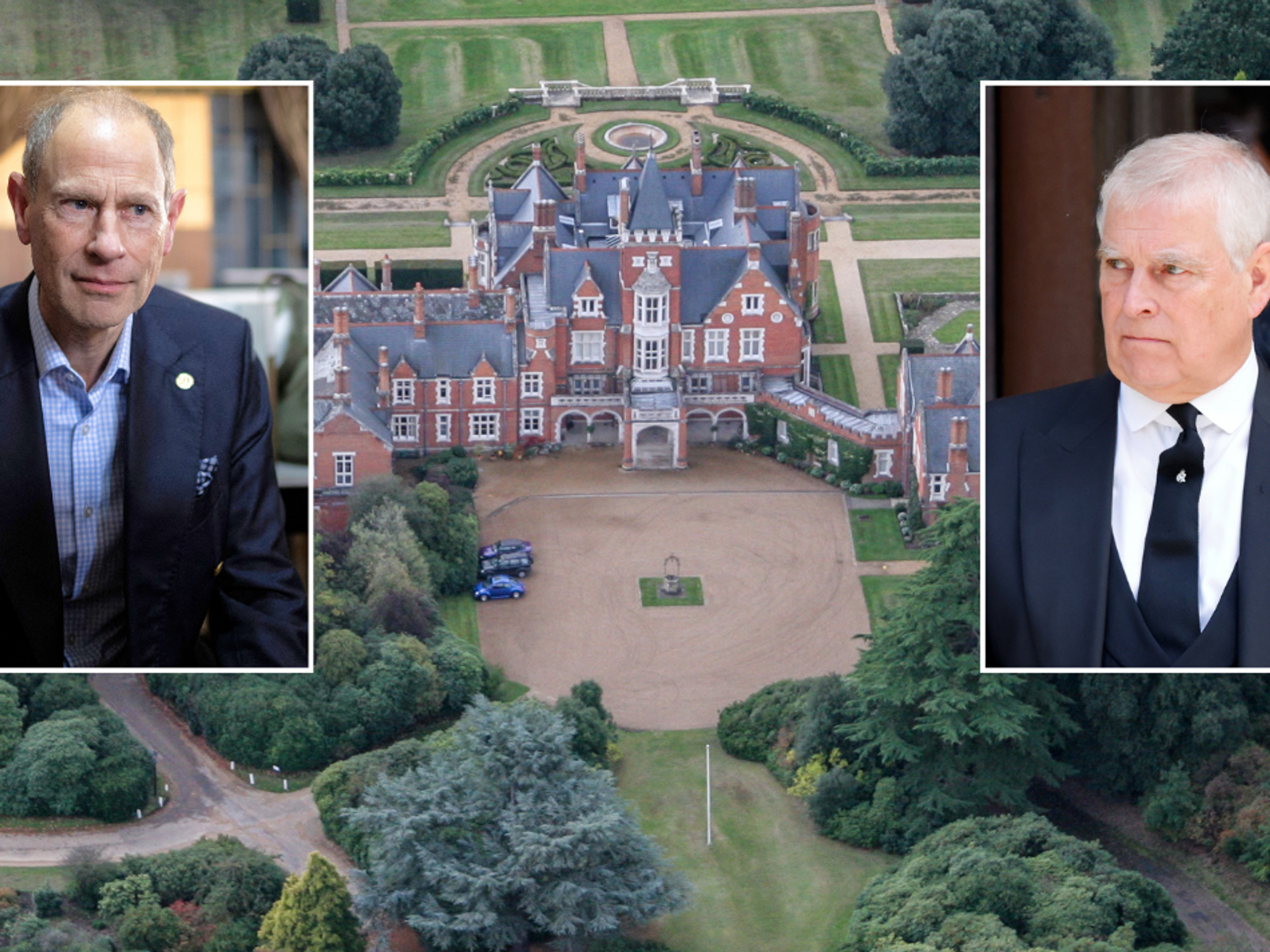Nasa suffers major setback in plan to stop apocalyptic asteroids smashing into Earth

Astronomers at the University of Maryland have been researching the impact of a Nasa mission from 2022
Don't Miss
Most Read
Nasa has suffered a major set back in a plan to stop apocalyptic asteroids from smashing into Earth.
Astronomers believe boulders ejected when a Nasa spacecraft collided with an asteroid almost three years ago "could complicate" future missions.
The spacecraft, known as the Double Asteroid Redirection Test (DART), hit the asteroid Dimorphos on September 26, 2022.
At the time, Nasa said the spacecraft's kinetic impact with the asteroid altered its orbit, marking humanity's first time purposely changing the motion of a celestial object and the first full-scale demonstration of asteroid deflection technology.
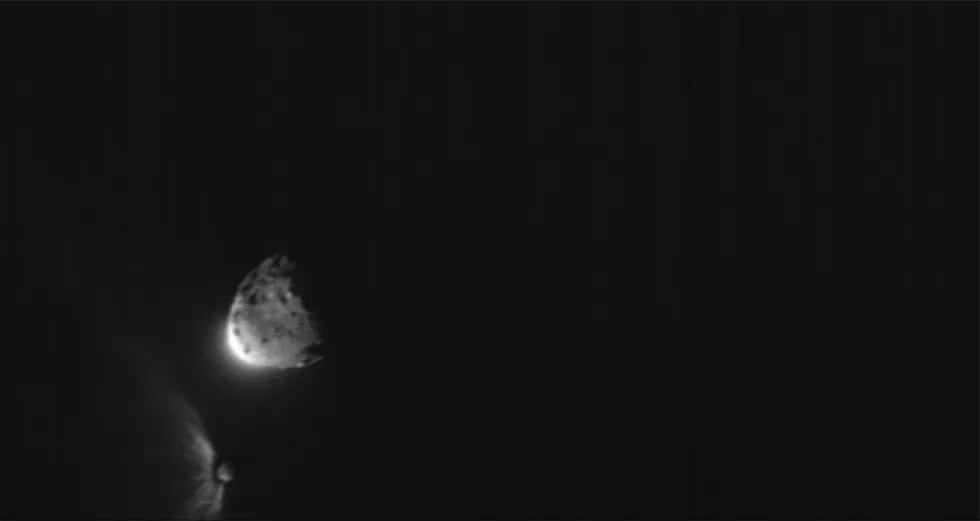
Picture taken by a satellite after the DART made impact with the asteroid in 2022
|ASI/NASA
A team of astronomers at the University of Maryland have now discovered when DART hit the asteroid, the space rocks ejected carried three times more momentum than the spacecraft itself.
The ejected boulders then created forces in "unexpected directions" that "could complicate future deflection efforts", according to experts at university.
The astronomers used images recorded by DART's companion spacecraft which was separated from the spacecraft 15 days before the impact to help track the boulders in the aftermath of the event.
As a result of the discovery, Research Scientist at the university's Department of Astronomy, Tony Farnham, believes that more factors may need to be considered when planning missions like Nasa's DART mission in 2022.
LATEST DEVELOPMENTS:
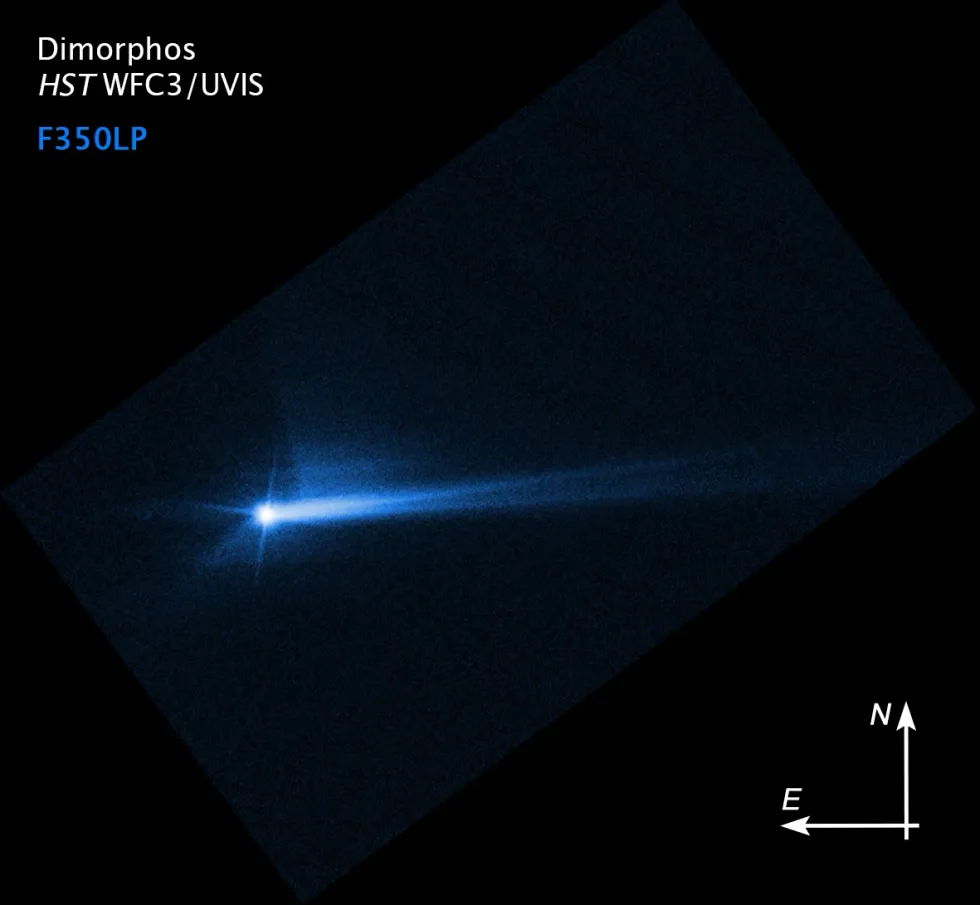
Imagery taken from Nasa's Hubble Space Telescope in 2022 shows debris blasted from the surface of the asteroid around 11 days after impact
|NASA/ESA/STScI/Hubble
"Our research shows that while the direct impact of the DART spacecraft caused this change, the boulders ejected gave an additional kick that was almost as big, Farnham stated on the university's website.
"That additional factor changes the physics we need to consider when planning these types of missions.”
In the weeks following the DART mission in 2022, Nasa Administrator, Bill Nelson, said: “All of us have a responsibility to protect our home planet. After all, it’s the only one we have.
“This mission shows that Nasa is trying to be ready for whatever the universe throws at us. Nasa has proven we are serious as a defender of the planet.
"This is a watershed moment for planetary defence and all of humanity, demonstrating commitment from Nasa's exceptional team and partners from around the world.”
Nasa confirmed in 2022 the Dimorphos asteroid did not pose any hazard to Earth before or after the controlled collision.


